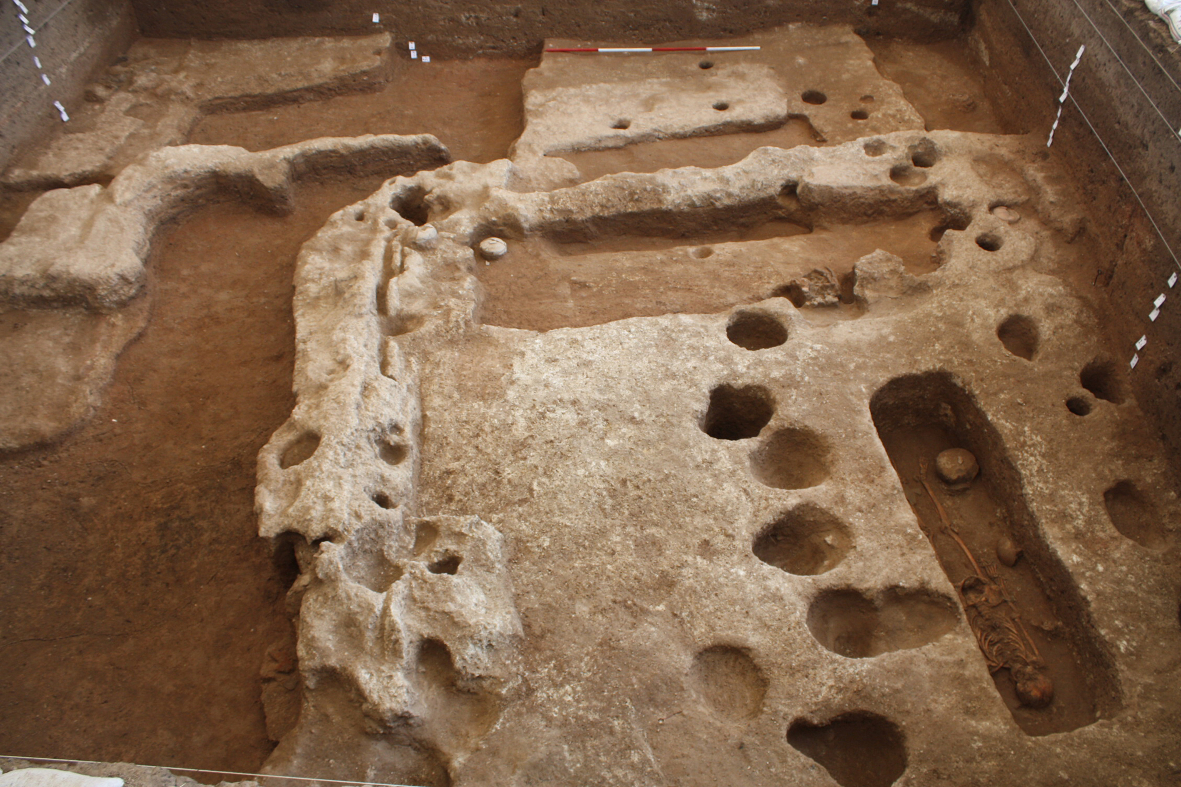THE EXCAVATION OF NON BAN JAK, NORTHEAST THAILAND - A REPORT ON THE FIRST THREE SEASONS
DOI:
https://doi.org/10.7152/jipa.v34i0.14721Abstract
Non Ban Jak is a large, moated site located in the upper Mun Valley, Northeast Thailand. Excavations over three seasons in 2011-4 have revealed a sequence of occupation that covers the final stage of the local Iron Age. The site is enclosed by two broad moats and banks, and comprises an eastern and a western mound separated by a lower intervening area. The first season opened an 8 by 8 m square on the eastern mound, while the second and third seasons uncovered part of the low terrain rising into the western mound, encompassing an area of 25 by 10 m. The former revealed a sequence of industrial, residential and mortuary activity that involved the construction of houses, kiln firing of ceramic vessels and the interment of the dead within residences. The latter involved four phases of a late Iron Age cemetery, which again incorporated house floors and wall foundations, as well as further evidence for ceramic manufacture. The excavation sheds light on a late Iron Age town occupied at the threshold of state formation.

